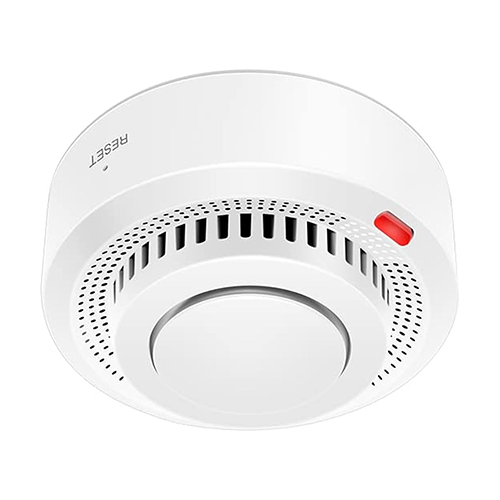Types of Smoke Detectors:
- Ionization Smoke Detectors:
- Description: Best for detecting fast-flaming fires.
- Features: Contains a small amount of radioactive material; more responsive to flaming fires.
- Photoelectric Smoke Detectors:
- Description: Best for detecting slow, smoldering fires.
- Features: Uses a light source and a light sensor; more responsive to smoke from smoldering fires.
- Dual-Sensor Smoke Detectors:
- Description: Combines both ionization and photoelectric sensors.
- Features: Provides comprehensive detection for both flaming and smoldering fires.
- Interconnected Smoke Detectors:
- Description: Multiple units connected wirelessly or by wires.
- Features: When one alarm goes off, all alarms in the network sound; ideal for larger properties.
- Smart Smoke Detectors:
- Description: Equipped with smart technology.
- Features: Connects to Wi-Fi; sends alerts to smartphones; can integrate with home automation systems.
- Heat Detectors:
- Description: Detects heat rather than smoke.
- Features: Best for areas where smoke detectors may cause false alarms, such as kitchens.
Features of Smoke Detectors:
- Battery-Powered or Hardwired: Available in both battery-operated and hardwired models with battery backup.
- Test Button: Allows for easy testing to ensure the detector is functioning properly.
- Hush Button: Temporarily silences nuisance alarms.
- LED Indicators: Visual indicators for power, alarm, and low battery status.
- Sound Alarm: Loud alarm typically at 85 decibels to alert occupants.
- Maintenance: Regular maintenance and testing recommended for optimal performance.
- Lifespan: Typically, smoke detectors have a lifespan of 10 years, after which they should be replaced.








